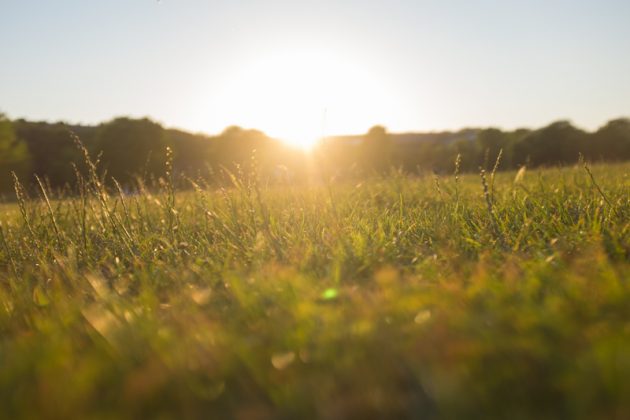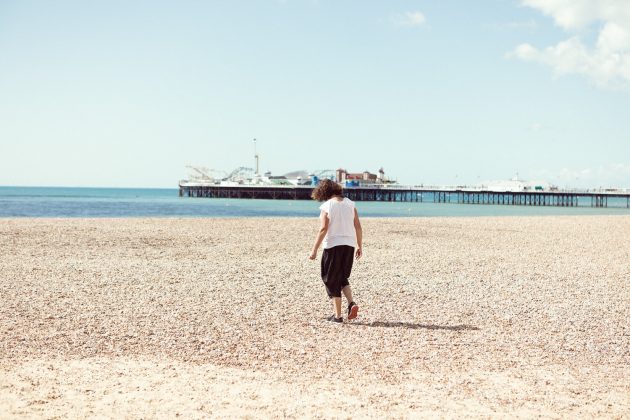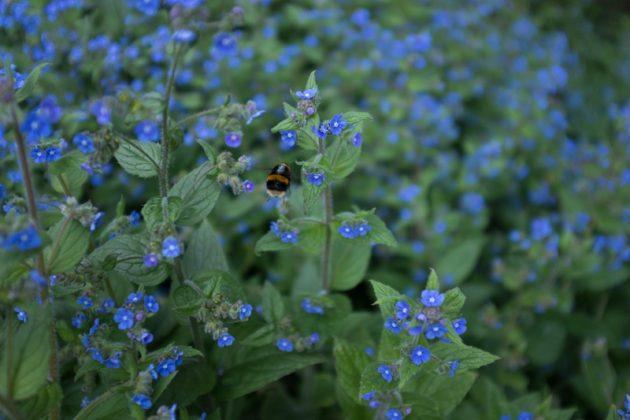JUNE 2020
By Alex Brooks
As the lockdown begins to lift and people start to emerge into the wider world again – here at Brighton Permaculture Trust we have been curious about how the pandemic has been for people, and pondering the role permaculture design has played in the lives of volunteers and staff. So, we asked.
This, my debut article for Brighton Permaculture Trust, will be the first in a collection looking at permaculture and the pandemic, based on a series of in depth and exploratory conversations recorded with the Brighton Permaculture Trust community.
Today’s instalment – Resilience.

Resilience can be defined as an ‘ability to withstand adversity and bounce back and grow despite life’s downturns’ says Amit Sood, MD, executive director of the Global Centre for Resiliency and Well-Being.
An overnight change in how people engage with the world has required a strength of mind that has not before been asked of people. As my 94-year-old neighbour remarked, “this [pandemic] has been much harder than the war, at least then you could go outside and be with people”. So, how have people managed to not only stay strong but grow too?
Designing for different ways of living – and living it
One of the clearest messages was this: permaculture is way of life, a philosophy. Alternative designs for both life and land, as well as daily decisions had been tried out and tweaked by everyone I spoke with in less challenging times, well before the lock down started. “I have spent [17] years preparing for global resource collapse and economic reliance failure”, said Fran. In preparing for a different kind of reality, for her and the others I spoke with, the impact of the pandemic has been less buffeting. While the anxiety and the emotional toll hasn’t been easy and has required negotiation, the muscle memory for living more sustainably has been keenly engaged with and joyfully leant into.
Diversified incomes
With some 13 jobs held between 4 people, including paid, volunteer, employed, freelance, and ‘for the love of’ roles, multiple streams of income and activity were mentioned by all as a key to keeping level.
“I need to have income – but if we can be as free [as possible] from dependency on money, it means we can be as resilient as possible.” – Fran
This diverse approach to livelihood takes time to get into play, but when an equilibrium is achieved it couples neatly with lifestyles designed for low outgoings. The result being that for Brighton Permaculture Trust people “many were able to work from home or adapt, to continue their work”, remarked Caroline, and this meant they could support not only themselves but others too.

Taking time to connect and support
The slower pace of life enabled these permaculture designers to really pause and connect during the pandemic. From supplying neighbours with vegetable plants so they could create new gardens, to taking time to say hi to people on the street. Valuing the human connection, be it a moment or a shared life someone, this time has brought new clarity to the sense that, when you get down to it, life, well, ‘It’s all relational’.
Connecting to Nature
Park. Allotment. Community Garden. Walking route. Garden. Whatever shape it has taken, access to nature has been so, so important. Nature spots have been an invaluable space where people could visit to decompress and process what was going on for them. Whether planting (lots of everything) to actively engage in maintaining a food supply, to tending to baby annuals, to foraging for 3 cornered leek, or just the breathing of outside air.
“I was sitting with a friend on a bench – when a homeless person I said ‘hi’ to walks by, shouting how grateful he is for us, and asks, ‘why am I drinking when the plants are growing?’ ” – recalled Irene, smiling as she replayed the encounter.
The benefits of the great outdoors to our health and wellbeing, are widely known, and during this lockdown the acknowledgement of green fingered activity, both great and small, personal or as part of a collective, has helped people maintain a sense of order amidst the wider uncertainty.

Observing and Interacting
“Observe, Observe, observe”, said Sarah, Communications Coordinator for Brighton Permaculture Trust. A phrase that populated all the conversations I had. Taking time to observe is a well-known permaculture principle and what better time to practise it than during a lockdown? With an abundance of time, everything has been up for observation – and observed it was – the rhubarb season on the allotment, the sound of birds, the ebb and flow of joy and anxiety, the habits and patterns of behaviour that had long gone unquestioned. Without the usual rush of momentum, there has been time to hold these observations and respond, adapt and evolve, instead of needing to instantly react.
Everyday action
One blog post is too short to do justice to this subject – there are no shortcuts to resilience. These conversations highlighted that when it comes to resilience it comes as an accumulation of the many small everyday actions and decisions. Applying the design process to their daily lives has helped with managing the twists and turns of this pandemic story. It did not stop it, or make it any less real or stressful but permaculture design has clearly helped smooth decision making in times of crisis and has been a wellspring of ingenuity and optimism. “This is the time to dream, better dreams – what is the future we want to have?” encourages and invites Fran.
Get outside, breathe the air, take actions, small daily actions toward a future you want, smile, rest, observe, plan, tweak, be.
Written by Alex Brooks
In the next Permaculture and the pandemic article, I will be exploring the core principles of permaculture and how they have been put to the test during lockdown.
We would love to hear what your experiences were, what helped, what hindered, what you learnt, what you need to learn – please do get in touch and let use know how this experience has been for you.